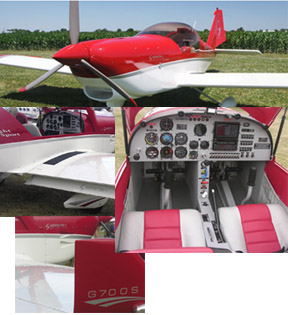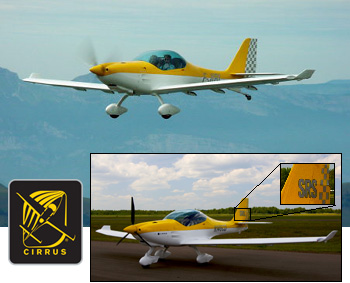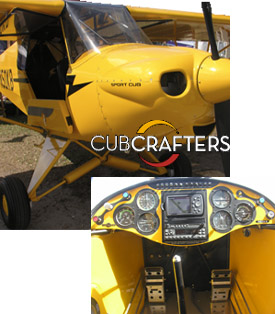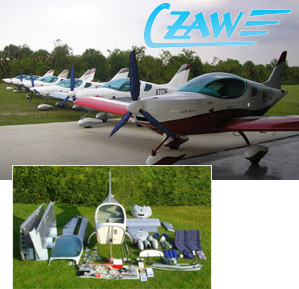
In the month of July 2007 the LSA industry registered 71 more aircraft bringing the total to 904 fixed wing airplanes. That represents a spurt of 11% in one month and an even 60% growth in registered LSA since January 1st 2007. *** In all categories, Americans are flying 1,134 SLSA. Weight Shift aircraft registered an additional 27 aircraft, powered parachutes added 6 and LSA gliders achieved their first registration. *** The leading companies (see chart) were barely changed with the top five holding nearly identical market share from last month. CubCrafters inched up a notch and Czech Aircraft Works narrowly passed Remos. Further down the market share list, positions still saw little fluctuation. This equilibrium will surely be disturbed with the entry of Cirrus (by August 2008, they say) and Cessna* (in the second half of 2009) but for 27 months, customers have generally kept their brand loyalties. *Cessna reported more than 550 sales in the week of AirVenture Oshkosh.








































